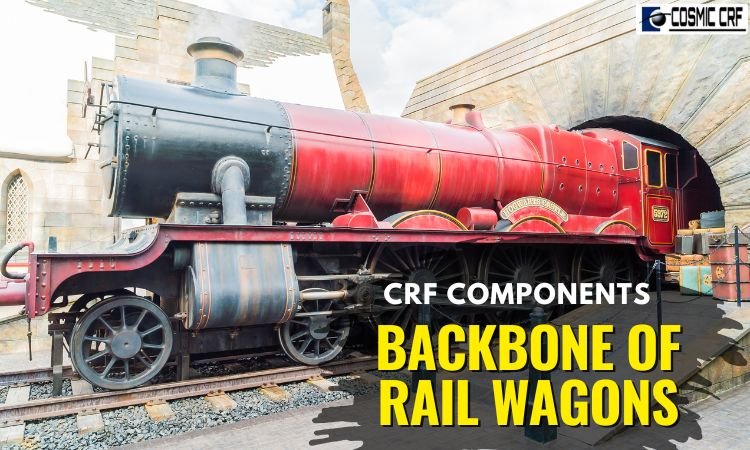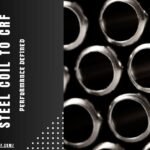Railway wagon frames don’t allow guesswork. If a beam twists half a degree under load, it multiplies down the line—into rattles, misaligned alignments, and premature fatigue.
That’s why base structures rely on precision. Every part must fit without persuasion.
Cold rolled formed steel sections give manufacturers that precision. They’re consistent. They’re strong. And they carry structural logic built into their shape. You won’t notice them in the yard, but they shape every loaded movement in transit.
As demand for new wagons rises, these sections hold the system together—one weld, one fit, one rivet at a time.
Why CRF Became Standard in Wagon Production
Strength matters, but so does control. CRF sections are formed at room temperature, which increases hardness in specific zones, especially around bends and flanges.
That allows wagon builders to use thinner materials without losing load-bearing ability.
More importantly, the shape stays consistent. Whether it’s a 7-meter base rail or a stiffener along the underframe, what rolls off the line today matches what came last week.
In high-volume wagon lines, that consistency removes adjustment work. Fewer weld reworks. Fewer clamp retries. More speed where it counts.
Where CRF Sections Go Inside a Railway Wagon
A wagon doesn’t have one central frame. It’s a system built from profiles, each tuned to a purpose. CRF sections slide into those roles because they carry predictable geometry.
You’ll find them inside side sills, cross members, solebars, roof supports, and stiffener zones.
None of these roles require visual finish. They require precise load management. CRF makes that possible because the material holds shape through bending, cutting, and fitting.
What CRF Solves During Fabrication
Every minute saved on alignment saves hours downstream.
Earlier fabrication processes relied on hot-rolled sections, which often needed secondary finishing. That meant grinding ends, fixing flares, or adapting clamp designs to hold loose tolerances.
With CRF, shops cut that friction. Hole locations sit where they’re supposed to. Ends stay square. Sections need fewer jigs to hold them in place.
This also reduces heat input during welding, which helps coatings hold better, especially on tight angles and inner corners.
Wagons come out tighter. Which means fewer rattle points in service.
Repeatability and Scaling Without Guesswork
Rail contracts don’t leave room for drift. A line might need 500 wagons with the same underframe, spaced over six months, across three plants.
CRF supports that kind of demand. Roll sets stay calibrated. Profiles don’t shift. If the spec calls for a Z-profile at 3 mm thickness with punched slots at 75 mm spacing, the press handles it with zero drift.
That predictability is what lets engineering teams design around a shape instead of redesigning for every batch.
The Coach Lifecycle Starts With Fit
A poor fit in the base frame shows up later. It might trigger rattles or reduce fatigue strength by thousands of cycles. CRF sections push those risks back.
Assembly benefits from:
- Better alignment at the base level
- Cleaner prep on weld zones
- Fewer spacers or packing plates
- Faster surface treatment
- Lower risk of distortion after welding
None of these steps seek attention. But they protect the build. That’s what makes CRF part of long-term cost control.
Final Thoughts
Wagon reliability starts before assembly. It begins with how each beam, sill, and brace holds its place under stress.
At Cosmic CRF, we build sections for wagons with this in mind. Whether they sit under a 60-tonne axle load or hold a brake rig, the idea stays the same: precision in, consistency out.
That’s how a cold-formed section becomes part of a bigger system—delivering not just structure, but trust in movement.




